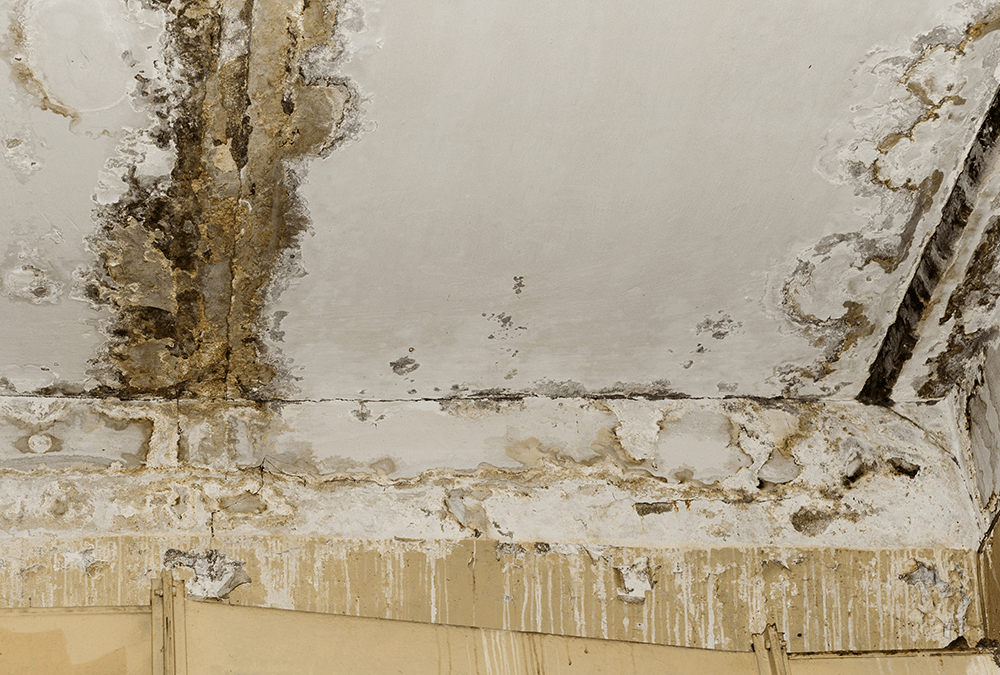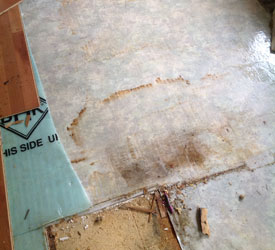Just about every person may have his or her own idea involving How to Fix a Water Damage Bathroom.

The washroom is incredibly susceptible for damp buildup and also potential water damage because of the regular use water in it. This write-up offers simple evaluation techniques to assist finding water damages threats.
The constant use of water in the bathroom makes it extremely at risk for moist accumulation and potential water damage. By examining it frequently, you can decrease water related damages.
The following set of inspections is very easy to perform and also must be done when in every 3 months in order to maintain your restroom in good shape and also to stop prospective water damages caused by the bathtub, the shower, pipeline joints as well as plumbing, sinks, cupboards, and the toilet
Do not forget doing these evaluations and be detailed while doing them. Bear in mind that these simple examinations can conserve you a lot of money by giving early indications for water damages
Tub and Shower
The shower and also tub require unique interest and upkeep. Inspect the tiles and also replace if cracked. See to it that there is no missing grout between the tiles. Evaluate as well as replace cracked caulking at joints where the wall surfaces satisfy the floor or the bathtub. Obstructed drains pipes and pipelines issues will prevent the bath tub from drying and might suggest serious troubles below the bathtub. Seek advice from an expert instantly to stop structural damages. Focus on discolorations or soft locations around the bathtub wall surfaces as they may show an inner leak.
Plumbing
Signs for water damage are difficult to spot considering that most pipes are mounted inside the walls.
Pay special focus to flooring as well as wall surfaces moisture and also discolorations as they may suggest an invisible plumbing problem. Examine moisture levels in adjacent rooms also.
Sinks and also Cabinets
Sinks and cupboards are revealed to moisture and moisture day-to-day and are often ignored. Evaluate routinely under the sink as well as on the kitchen counter above it. Repair any type of drip in the catch as it may suggest drain troubles. Look around the sink, slow draining pipelines might show a blocked drain. Change sink seals if they are fractured or loose.
The Toilet
The bathroom is a prone water joint. Check the water lines and search for leaks around the bathroom seat, in the pipe, and also under the water container. If you spot any type of indications of dampness on the flooring around the commode, check for leaks in the toilet rim as well as storage tank seals.
Know that hanging commode dish antiperspirants increases the chances for clogs.
Water Damage Signs In The Bathroom To Avoid Cleanup
Musty smell
This is one of the easiest signs to catch because musty smells are so odorous. The damp, earthy, moldy smell should be a big red flag. The smell will develop when moisture gets trapped in surfaces, and begins to facilitate mold growth. Leaking pipes under cabinets, inside walls, and behind shower fixtures will cause moisture to stay trapped and not dry, which will lead to mold growth and spread. As soon as you notice any musty smells in your bathroom, have it checked for hidden water damage and cleanup signs.
Visible mold
If the smell isn’t there to give it away, sometimes you will actually see mold growth. Finding mold in your bathroom is a serious problem, because mold is very harmful to your health. By the time mold growth is visible, it also means that water damage has already occurred and been present for some time. The only way the mold problem can be resolved is to find the source of the moisture and get it stopped. To safely and adequately remove mold, you need to have professionals handle the remediation. Do not waste any time in getting mold problems addressed, fixed, and sanitized so that you can protect you and your family from the many respiratory symptoms caused by mold exposure.
Damaged floors
Bathroom floors should be able to withstand some exposure to water while still remaining in good condition. However, when excess exposure or water leaks occur, they will begin to damage even the most water-resistant flooring. If you notice any cracking, bubbling, staining, or warping on your bathroom floors, there is probably a water leak somewhere causing the distortion. If you notice areas of the floor have become softer, or even have a spongy feeling, there is probably damage to the subfloor. Subflooring is typically made up of plywood. When plywood is exposed to water or moisture, it will absorb it. Once it has become saturated, the weight of the excess water will cause the wood to swell and soften. Check the floors in your bathroom frequently to catch any of these sings before they lead to damaged subflooring.
Changes on walls
When water leaks behind walls, it will cause changes in the drywall. Peeling plaster, blistering paint, and soggy wallpaper are all good indicators that excess water is building up behind the wall. Water leaking behind drywall will cause it to swell and be soft to the tough. If you start to notice gaps along the trim of your walls, or where tile meets the wall, it could also be a strong indicator that there is a leak behind the wall. Any changes, distortion, or damage on the walls should be evaluated as soon as you notice it to prevent further water damage and cleanup.

As a reader about Common Causes of Water Damage in a Bathroom, I thought sharing that chunk was a good idea. Sharing is caring. Helping people is fun. I praise you for your time. Kindly check up our site back soon.
Instant Quote